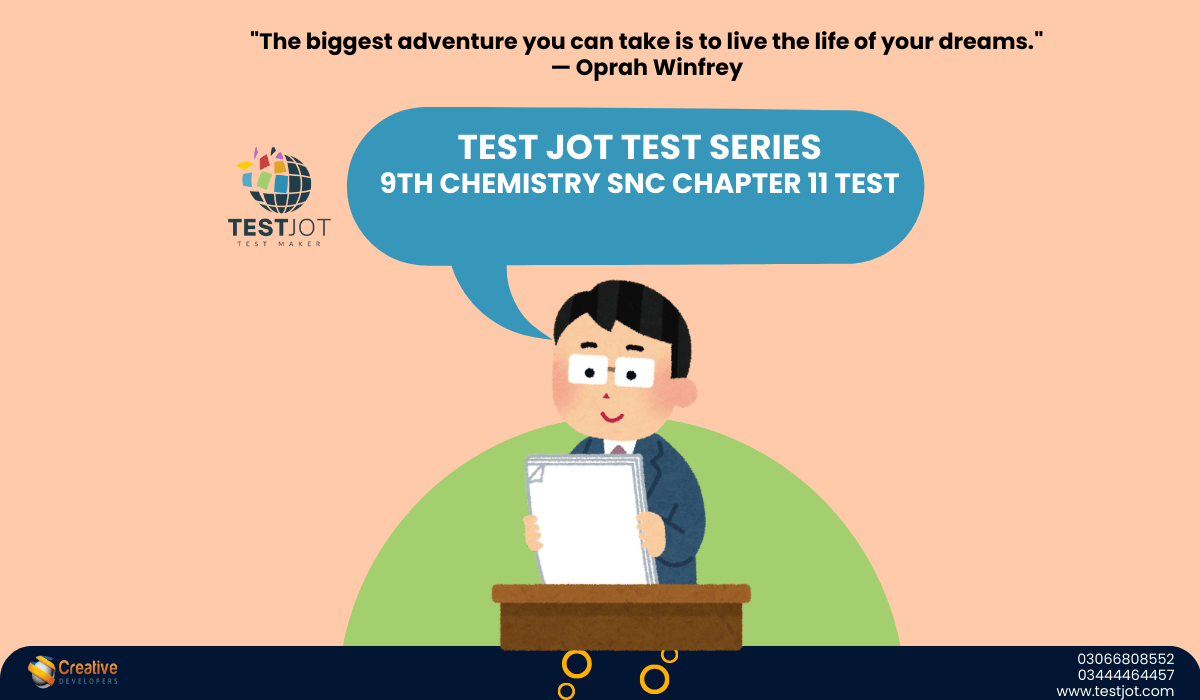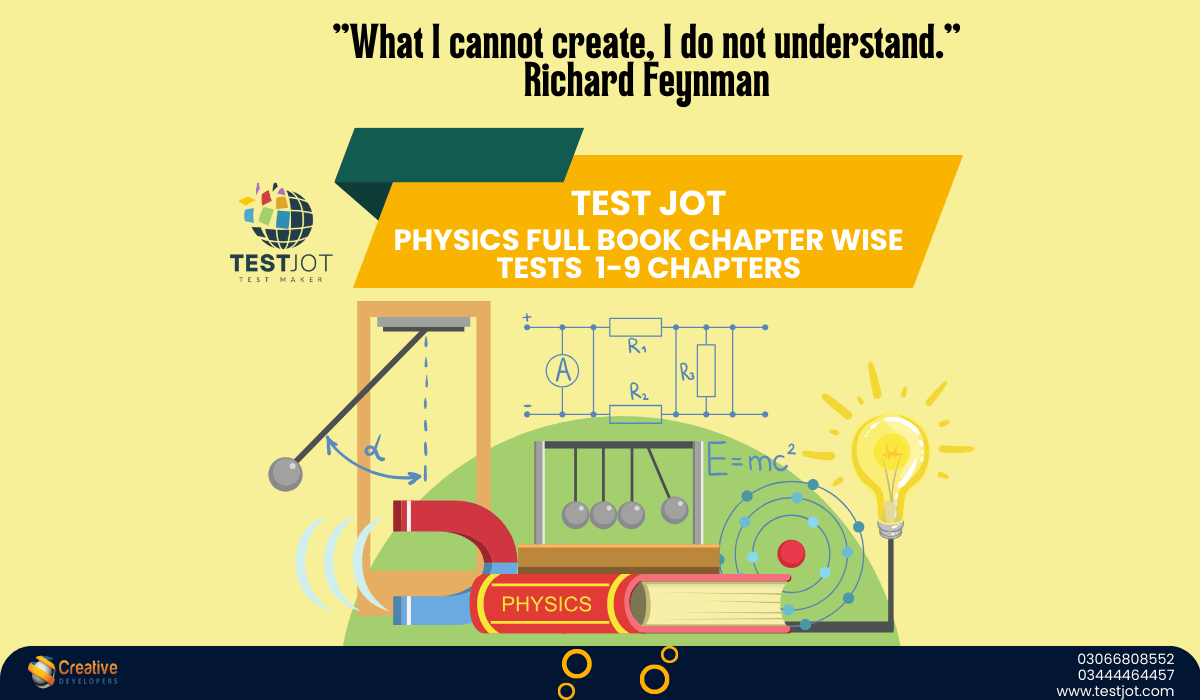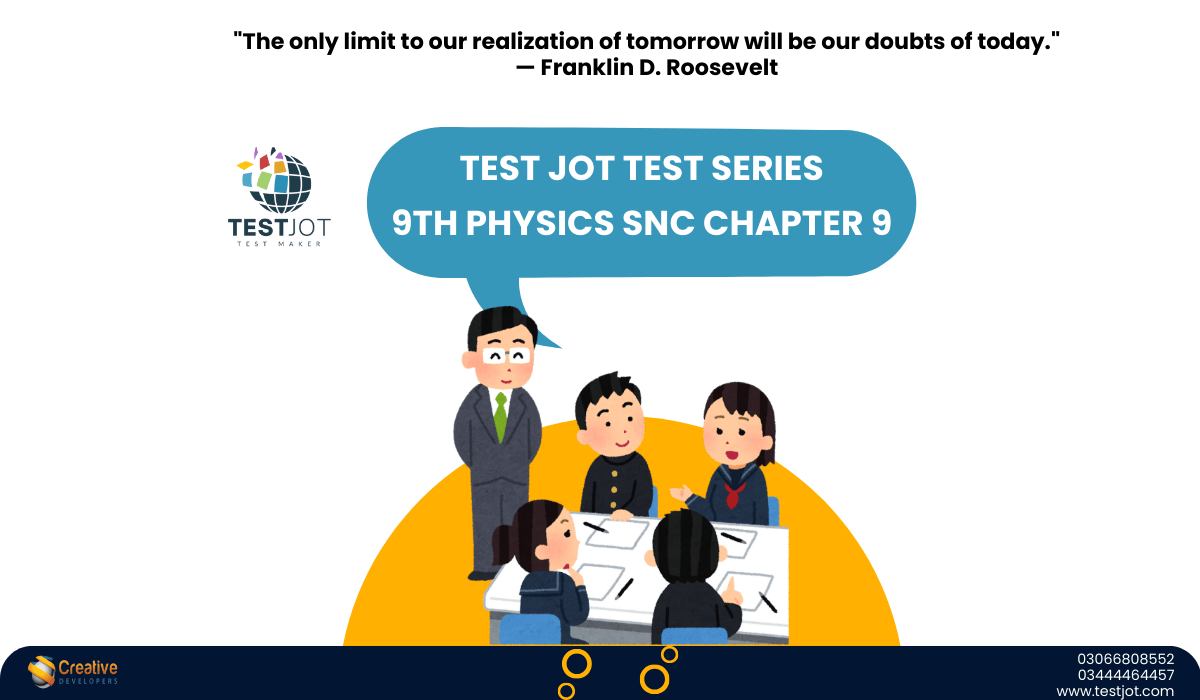Exploring Chapter 11: Hydrocarbons – The Building Blocks of Energy
Did you know the fuel in your car, the gas in your stove, and even the plastic in your water bottle are all made of hydrocarbons? Chapter 11 of your Punjab Curriculum chemistry textbook dives into these fascinating compounds that power our world. Let’s decode hydrocarbons in a way that’s easy, engaging, and exam-ready!
1. What Are Hydrocarbons?
Hydrocarbons are organic compounds made of carbon and hydrogen. Think of them as the “LEGO blocks” of chemistry—simple yet versatile. They’re categorized into two main types:
- Saturated Hydrocarbons (Alkanes): All single bonds (e.g., methane, CH₄). Stable and less reactive.
- Unsaturated Hydrocarbons (Alkenes & Alkynes): Contain double/triple bonds (e.g., ethene, C₂H₄). More reactive and used in plastics.
2. Combustion: The Firestarter Reaction
When hydrocarbons react with oxygen, they release heat and light—this is combustion. For example, methane (CH₄) burns to produce CO₂ and water. It’s why natural gas fuels your stove and why coal mines fear methane explosions!
3. Catenation: Carbon’s Superpower
Carbon atoms love linking together in chains or rings—a process called catenation. This unique ability allows carbon to form millions of compounds, from propane (C₃H₈) to complex DNA strands.
4. CNG & LPG: Hydrocarbons in Daily Life
- CNG (Compressed Natural Gas): Mostly methane. Cleaner fuel for vehicles.
- LPG (Liquefied Petroleum Gas): Propane and butane. Powers your kitchen stove.
Both are energy-efficient alternatives to coal and diesel!
5. Why Alkanes Are “Lazy” Reactors
Alkanes have strong single bonds, making them less reactive. Unlike alkenes (with double bonds), they don’t easily react with acids or bases. But this stability is why they’re ideal fuels!
Fun Fact Alert!
The “prop” in propane comes from the Greek word for “three” (tri), indicating three carbon atoms. Similarly, “meth-” means one carbon, and “eth-” means two!
Why Study Hydrocarbons?
From fueling rockets to making synthetic fibers, hydrocarbons shape modern life. Understanding them helps us innovate sustainable energy solutions.
Test Your Knowledge!
Ready to conquer Chapter 11? Download our FREE PDF Test packed with MCQs, short answers, and practice diagrams. Perfect for exam prep!
Pro Tip: Struggling with nomenclature? Break down names like “butane” (4 carbons) or “propene” (3 carbons + double bond). Practice naming structures daily! 🔬
This blog simplifies complex hydrocarbon concepts for 9th graders, aligning with the Punjab Curriculum. With SEO-friendly keywords and a clear structure. Master hydrocarbons today—your future in chemistry starts here! 🚀






